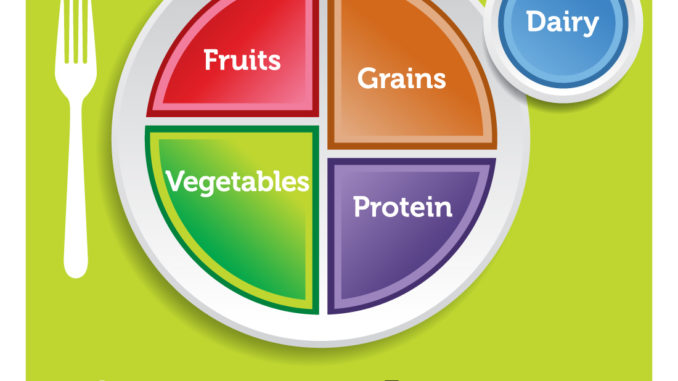
“Get Your Plate in Shape” is the theme for the annual March National Nutrition Month, which is sponsored by the Academy of Nutrition and Dietetics, according to Beth Reames, LSU AgCenter nutritionist.
The “plate” refers to the U.S. Department of Agriculture’s ChooseMyPlate.gov website, which provides all kinds of nutritional advice to help people live a healthier lifestyle and lose weight.
“Eating should be pleasurable, but it is important to consider the amount of food eaten every day,” Reames said. “A key step to maintaining a healthy lifestyle is putting less food on your plate.”
One feature on the website is SuperTracker. People can look up nutritional information for more than 8,000 food items, and they can log in and track their eating patterns.
“By being aware of everything you eat and drink, you’ll be more likely to stick within your calorie range,” Reames said.
Reames offers these tips for eating fewer calories while savoring and enjoying food:
• Be aware of your daily calorie needs. A simple way to do this is to think about the portions on your plate. Divide your plate in four sections with one each for whole grains, lean proteins, vegetables and fruits, and a side of dairy, such as a cup of low-fat milk or yogurt or an ounce of cheese.
• Avoid oversized portions by using smaller plates, bowls and glasses. Instead of a 10-inch plate, switch to 8-inch or appetizer-sized plates, and you will automatically eat less without feeling deprived. Pile your plate with nutrient-dense, lower-calorie foods like vegetables, fruits, whole grains and lean protein foods like beans, seafood, lean meat and poultry.
• Take charge of your eating by cooking more at home. Cooking in your home kitchen not only allows you to balance what’s on your plate but also enables you to choose healthier fats, less sodium and increase the fiber in your diet, while balancing the amount of calories you eat. Then, when you eat out, you’ll be better able to recognize healthy portion sizes based on your experiences at home. Also, choose lower-calorie menu options when dining out by focusing on vegetables, fruits and whole grains.
• Stack your plate with colorful fruits and vegetables. Compared with people who consume a diet with only small amounts of fruits and vegetables, those who eat more generous amounts are likely to have reduced risk of chronic diseases including stroke, high blood pressure, heart disease, diabetes and certain cancers.
• Watch out for liquid calories. The calories in fruit juices and drinks with added sugar, sports drinks, coffee beverages and soft drinks can add up fast. Also, think before you drink alcoholic beverages because they have calories too. Remember to drink alcohol sensibly. For those choosing to drink alcoholic beverages, the recommended intake is no more than one drink a day for women or two drinks a day for men. A standard drink is 5 ounces of wine, 12 ounces of beer or 1.5 ounces of distilled spirits.
• Log in. Food logging can help keep track of the foods you eat. Use the USDA’s SuperTracker, which helps analyze your diet and physical activity.
For additional information about USDA’s MyPlate and healthful eating, contact your LSU AgCenter parish extension office.




Be the first to comment